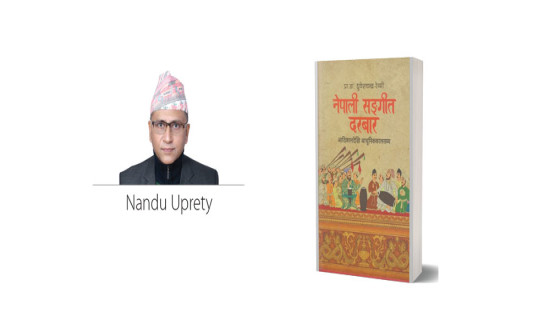- Friday, 26 April 2024
Limit Salt Intake
Samrat Baral
When Nepalis mourn for the death of their close relatives, the one thing they avoid taking for the next few days is salt. However, salt adds tastes to our cuisine. Is it possible we may not need to mourn for someone for untimely demise if that person avoids taking salt in excess amount? Yes, definitely if the recent findings on health implications of salt consumption are anything to go by.
Also called sodium chloride, salt is a compound that supplies us with two important ions: sodium and chloride. Though chloride is not found to be associated with specific diseases or health conditions, sodium is mostly linked to cardiovascular disease that falls under non-communicable diseases (NCDs) category. A person may suffer from high blood pressure when its consumption exceeds the prescribed limits. “The dose makes the poison,” Paracelsus, a Swiss physician and alchemist, had once said. The famous phrase emphasises that all things should be taken within the acceptable limits. Consuming anything beyond the recommended amount may cause health consequences.
Around 66 per cent of the deaths in Nepal are linked to NCDs, says a recent report published by Nepal Health Research Council (NHRC). NCDs contribute to around 41 million deaths—74 per cent of all deaths globally. To help tame this trend, the World Health Organisation (WHO) suggests that an adult should consume less than five grams of salt a day. But the reported consumption is 10.8 grams globally. A new points finger at Nepal’s poor implementation of policies to limit salt use.
Nepal through a multisectoral action plan (2014-2020) on controlling NCDs had pledged to reduce salt intake by 30 per cent by 2020 though no quantitative assessment was done to calculate average consumption in STEPS survey of 2013, jointly carried out by Ministry of Health and Population, NHRC and the WHO. The STEPS (STEPwise approach to NCD risk factor surveillance) survey focuses on collecting, analysing and disseminating data on key NCD risk factors in countries. The action plan remains the only policy intervention acknowledged by the WHO for Nepal’s initiative to reduce sodium consumption.
However, Nepal is assigned score 1 for poor implementation where score 4 would imply the highest level of implementation in Sodium Country Score Card—WHO’s database system to monitor a country’s progress in making national commitments towards reducing sodium intake. Subsequent STEPS survey conducted in 2019 revealed that the consumption of salt among Nepalis is more than 9 grams per day. This calls for urgent action to prevent the negative externalities of consuming too much salt.
Consumers need to be made aware of available health choices. When consumers have multiple options for processed products, they should choose the ones with less sodium, the level of which is generally imprinted on the packets. This will not only rationalise our choice but drive the manufacturers towards lowering sodium content in their products.
Common household can arbitrarily calculate this value by tracking the consumption per family member based on how many days a kilogramme of salt lasts barring the consumption outside of home. This would help them tailor their consumption to not exceed the recommended limit. We should also provide additional information on the packet itself to alert consumers against the consumption of undue amount of salt. A massive awareness campaign through media and with participation of the local government units will surely help control the overuse of salt and prevent the next wave of pandemic caused by NCDs.
















